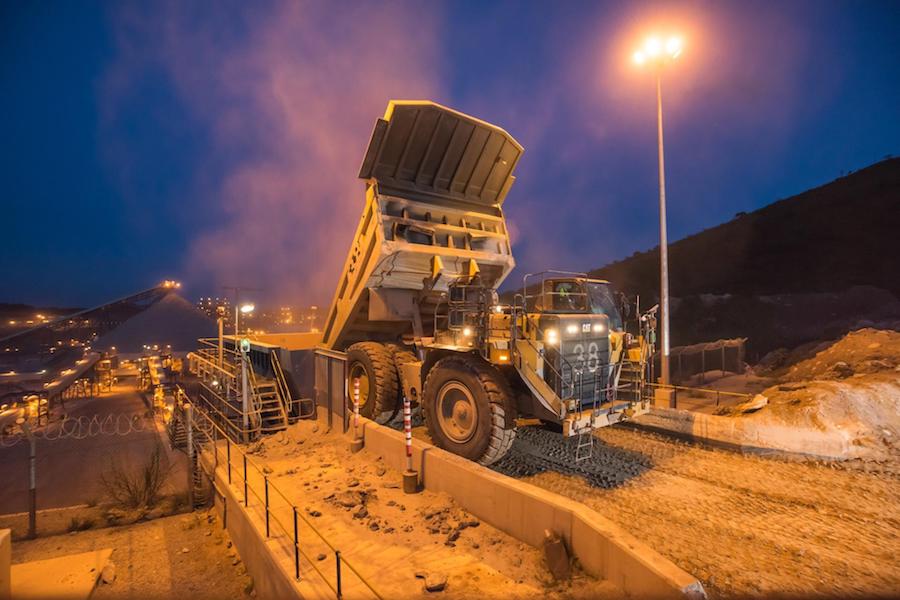
CO2 emissions of cobalt production are expected to be about 1.6Mt in 2021, but it is estimated that this figure will nearly double to 3Mt by 2030, a new Roskill report shows.
According to the market analyst, cobalt production GHG emissions are supported by increased demand from the EV sector and the growing dominance of nickel laterite-based supply in the cobalt supply chain.
“By 2030, most of these carbon emissions (55%) will be produced by laterite operations despite these operations only contributing 26% of cobalt supply,” the review reads.
In Roskill’s view, it is “alarming” that most cobalt producers will find it difficult to reduce their carbon intensities due to the logistics of their supply chains and site infrastructure.
Roskill expects cobalt producers to turn to carbon credits to reduce their environmental impact
“In large part, the issue resides with laterite-based nickel operations (where cobalt is produced as a byproduct) which are dependent on fossil fuels for on-site power at both the mine and processing sites. The capital cost to make a large-scale change towards using more renewable energy sources, if possible, is prohibitively high,” the document reads.
Roskill points out that in the Democratic Republic of Congo — the world’s top cobalt producer and in Zambia, sediment-hosted producers benefit from large amounts of hydropower. However, downstream, refining capacity often isn’t proximal to the assets and is likely to stay in the countries it takes place in today, predominantly in Asia, meaning producers will continue to need to ship large volumes of feedstock long distances.
“Most cobalt intermediate products from the DRC are controlled by Chinese companies, limiting moves to introduce DRC-domestic refining capacity,” the report states. “In this sense, cobalt producers have found themselves hemmed in by their supply chains.”
Given this state of affairs, the market researcher says that it expects producers to turn to carbon credits to reduce their environmental impact. This strategy is already being implemented by Nickel 18, the partial owner of the Ramu nickel laterite operation in Papua New Guinea.
Yet, Roskill reckons that credits do very little, as they just offset the carbon emissions purchased via credits against those produced by an operation, producing a net emissions value.
“Opponents of these schemes argue that their use diverts attention away from the goals of reducing CO2 emissions,” the review concludes.